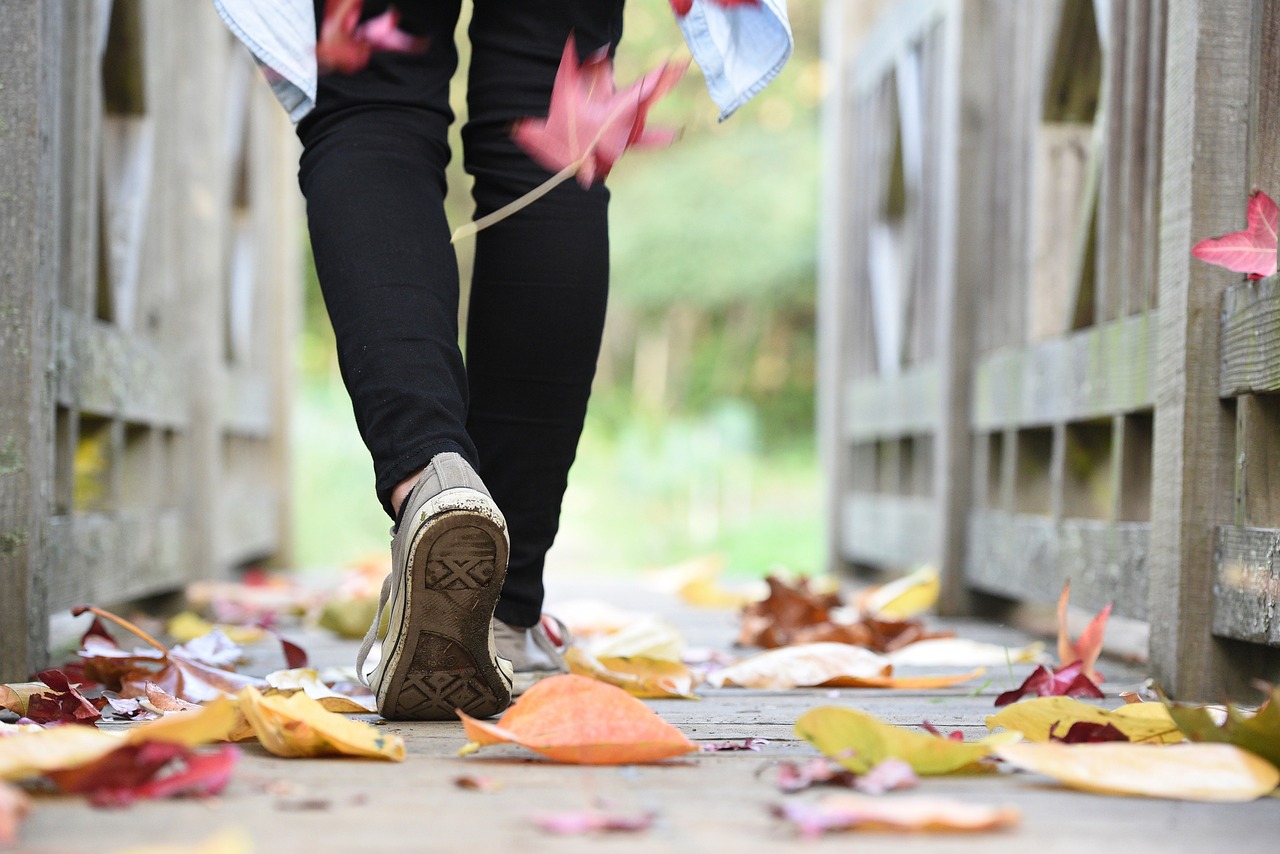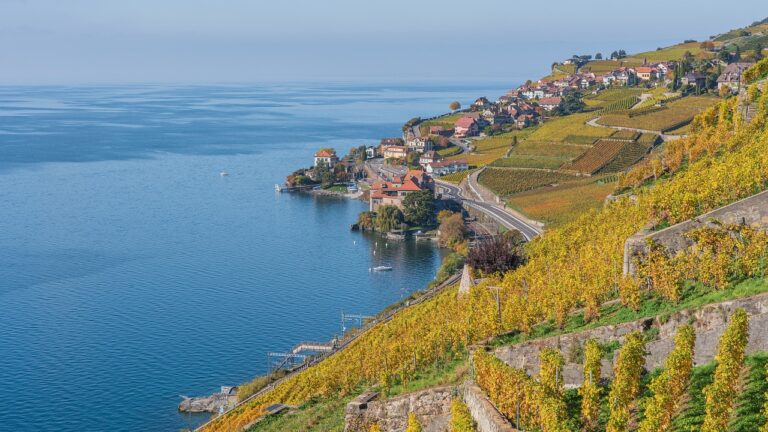Sustainable Wildlife Rehabilitation Centers: Supporting Conservation Efforts for Injured or Orphaned Animals
Wildlife rehabilitation centers play a crucial role in providing a safe haven for injured and orphaned animals. These centers offer specialized care and treatment to help these animals recover and eventually be released back into their natural habitats. Without the presence of rehabilitation centers, many wildlife species would struggle to survive in the face of various threats such as human interference, habitat destruction, and climate change.
Moreover, wildlife rehabilitation centers also contribute to raising public awareness about the importance of conservation and the welfare of wildlife. By showcasing the efforts and success stories of rehabilitating animals, these centers inspire individuals to take action in protecting the environment and wildlife populations. Through education and outreach programs, rehabilitation centers serve as key advocates for promoting a harmonious coexistence between humans and wildlife.
The Role of Rehabilitation Centers in Conservation
Rehabilitation centers play a crucial role in the conservation of wildlife by providing a safe haven for injured or orphaned animals. These centers offer specialized care and medical attention to help these creatures recover and eventually be released back into their natural habitats. Without the dedicated efforts of rehabilitation centers, many wild animals would not have a second chance at survival.
In addition to aiding individual animals, rehabilitation centers also contribute to the overall conservation of species by collecting valuable data on the threats facing wildlife. By studying the cases of the animals admitted to their facilities, these centers can identify patterns of injuries or reasons for orphaning, which can help conservationists implement strategies to protect vulnerable populations. Through their hands-on work and research efforts, rehabilitation centers play a vital role in the broader field of wildlife conservation.
The Process of Rehabilitating Injured or Orphaned Animals
Injured or orphaned animals brought to wildlife rehabilitation centers undergo a meticulous process aimed at restoring their health and preparing them for release back into their natural habitats. The first step typically involves a thorough assessment by trained professionals to determine the extent of injuries or the animal’s condition. This assessment helps prioritize medical treatment and care tailored to the specific needs of each individual.
Once the initial assessment is completed, injured or orphaned animals receive appropriate medical treatment, rehabilitation, and behavioral conditioning. Veterinary care is often a crucial component of the rehabilitation process, addressing physical injuries and illnesses to ensure the animal’s overall well-being. Additionally, rehabilitation centers focus on providing a suitable environment that mimics the animals’ natural habitat as closely as possible, aiding in their physical and psychological recovery.
What is the importance of wildlife rehabilitation centers?
Wildlife rehabilitation centers play a crucial role in providing care and treatment to injured or orphaned animals, with the goal of releasing them back into their natural habitat.
How do rehabilitation centers contribute to conservation efforts?
By rehabilitating injured or orphaned animals, these centers help maintain biodiversity and contribute to the overall health of ecosystems. They also educate the public on the importance of wildlife conservation.
What is the process of rehabilitating injured or orphaned animals?
The process typically involves assessing the animal’s condition, providing necessary medical treatment, rehabilitation through specialized care and training, and eventually releasing the animal back into the wild when it is deemed ready.





